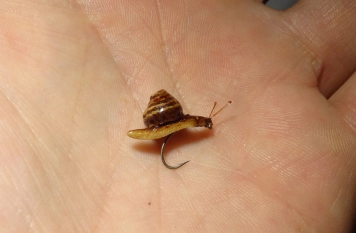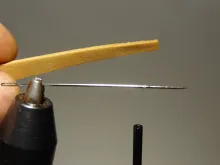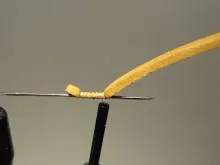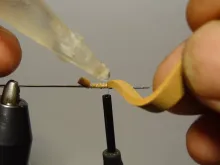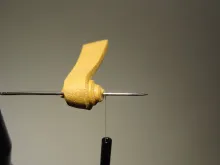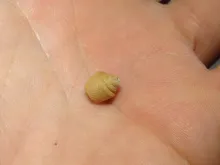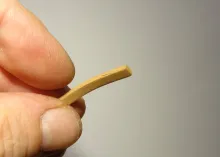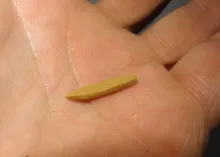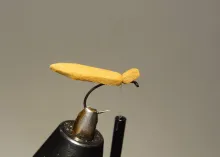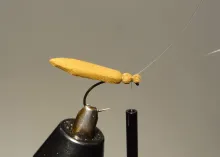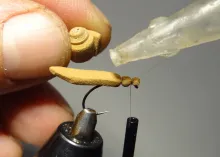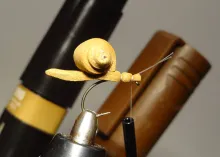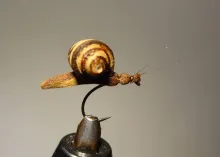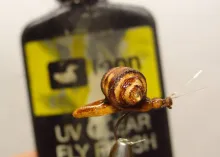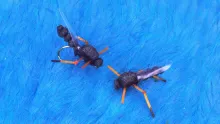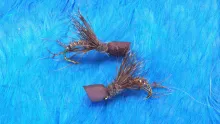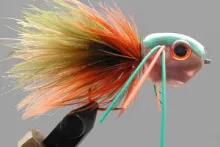Snails can be surprisingly high on the trout menu, and a snail imitation can sometimes be a key to success - on stillwaters and ponds in particular.
If you have kept and gutted fish from slow moving or still water on a regular basis, you are almost bound to have found snails in the stomach content of one or several fish. Snails are abundant in many waters and an easy target for the fish. Small snails are no hassle to find and swallow - no hunting needed - and offer fine nutritional value for the fish. The thin shell of small snails will dissolve in the acidic environment in the stomach and pass through the fish basically broken down.
Now, fish targeted on snails aren't that common, but should you come across a fish that feels like a bag of gravel when handled, it's very likely that it has been feeding on snails or mussels.
The fish can take the snails off substrate or vegetation, but a surprising number of snails can sometimes be found in the surface where fish will happily "rise" and take them. This happens in small ponds and calm waters where the snails can literally cling to the surface tension and crawl along just in the surface film or simply drift with wind and current.
Good Free Photos
This simple pattern by Russian fly tyer Dmitri Tseliaritski is another example of his ability to make an almost perfect imitation using simple materials and methods. This is a floating snail made from foam, and it requires very little apart from that. Hook, thread, glue, mono, some markers and a final layer of LCR and you have a fine imitation. Sure, this fly will ride upright or tilted in the surface where many snails actually hang with the house down, inverted on the underside of the water, but it will work, presenting the fish with the right silhouette.
|
|
|
|
|
|
|
|
|
|
|
|
A floating snail fly will usually be fished absolutely dead drifted over spots where fish have been cruising. Terrestrial snails move so slowly, particularly in water, that they are totally in the mercy of wind and current when hanging in the surface film. And so should your imitation be too.
- Log in to post comments

